When I first set foot in Molise, Italy’s hidden gem, I honestly had no clue about the bird watching and canyon hiking adventures waiting for me. This quiet, picturesque region feels like a peaceful escape from Italy’s crowded hotspots, with untouched landscapes and a surprising variety of birds.
The valleys and canyons in Molise attract all sorts of fascinating bird species. If you’re into bird watching or photography, it’s a dream.
Spring mornings in Molise quickly became my favorite time to explore its natural wonders. I’d usually start my day on the Valle Fiorita trail—locals insisted it was the best for bird watching. The mix of canyons and thick vegetation creates little ecosystems where birds thrive, from colorful European bee-eaters to eagles gliding above rocky cliffs.

What really sets Molise apart is how undiscovered it feels. On my hikes through canyons and valleys, I often wandered alone with my camera, waiting for woodpeckers and warblers to show up. The rustic lodges scattered around gave me cozy places to relax in the evenings, review my photos, and plan the next day’s adventure.
Molise: Italy’s Untouched Natural Escape
I found that Molise gives you a real Italian experience, far from the tourist crowds. This hidden gem packs diverse ecosystems and natural beauty that honestly rival its better-known neighbors.
Where Is Molise
Molise sits tucked away in central Italy, between the Apennine mountains and the Adriatic Sea. Italians even joke, “Molise non esiste” (Molise doesn’t exist), because so few tourists ever visit or talk about it.
I learned that this tiny region borders Abruzzo to the north, Lazio to the west, Campania to the south, and the Adriatic Sea to the east. Even though Rome is just a two-hour drive away, Molise feels worlds apart from the capital’s chaos.
What really struck me was how authentic everything felt here. Unlike Venice or Padua, where tourists often outnumber locals, Molise let me experience genuine Italian culture without all the crowds.

Unique Ecosystems and Biodiversity
Molise’s landscape diversity honestly blew me away. Rugged mountains, Mediterranean coastlines—so much variety packed into such a small area.
While hiking, I spotted golden eagles and peregrine falcons soaring over mountain valleys. The region sits right on a migration corridor for Mediterranean birds, so you never know what you might see.
Dense forests cover much of the inland areas. Wolves, wild boars, and even the rare Marsican brown bear sometimes wander in from Abruzzo.
Molise’s ecosystems feel special because they’re mostly untouched. I stumbled on pristine streams, ancient woods, and wildflower meadows that haven’t been bulldozed or overdeveloped.
Molise Compared to Other Italian Regions
Molise gives you a totally different vibe from Italy’s famous spots. Tourists crowd into Sicily’s beaches or Lazio’s ruins, but here, I often had entire hiking trails to myself.
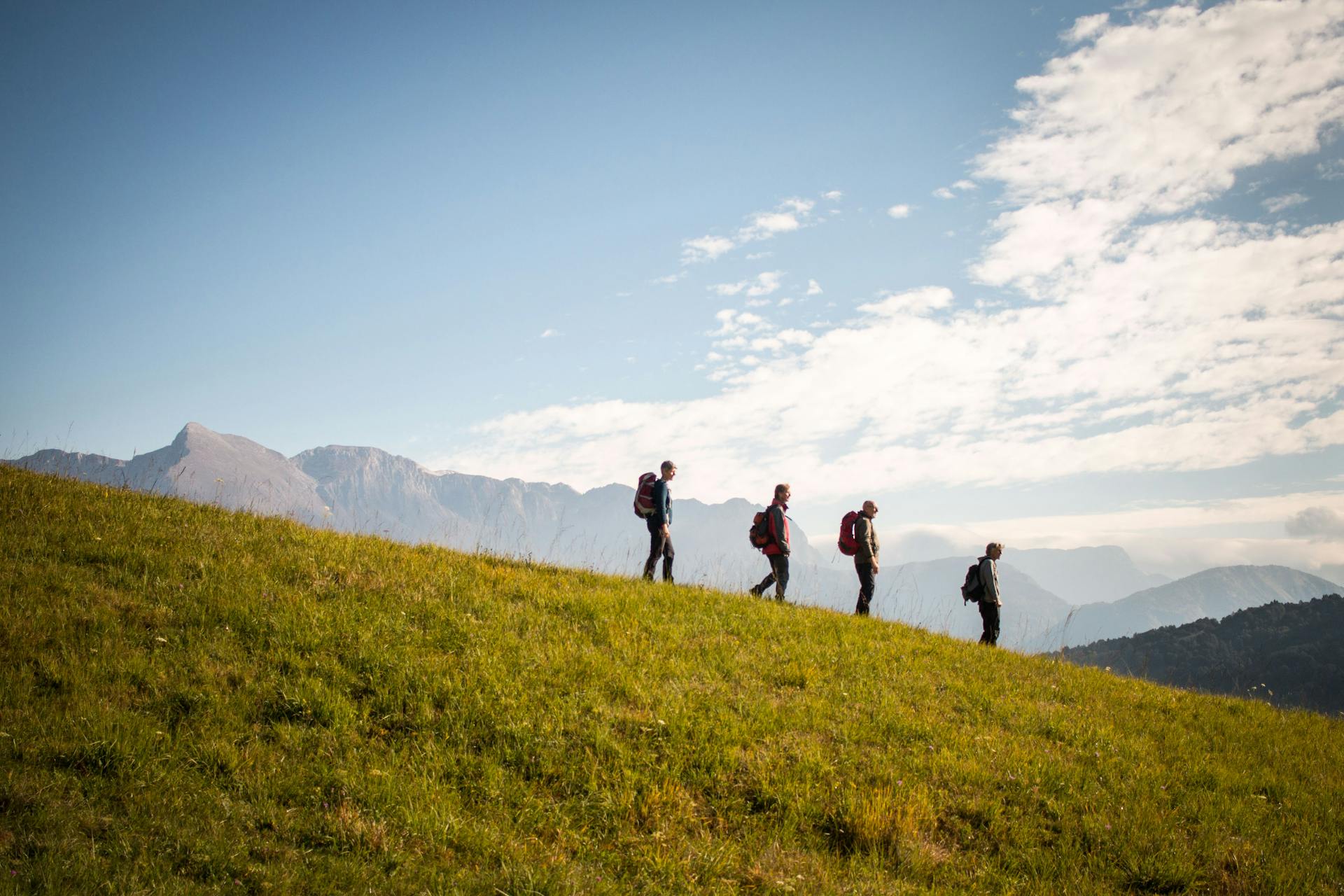
It might not have Calabria’s dramatic coastline or Abruzzo’s highest peaks, but Molise makes up for it with easy access and genuine charm. I noticed:
- Visitor numbers: Molise welcomes fewer tourists in a year than Venice does in a single day
- Natural spaces: 30% of Molise is protected as parks or reserves
- Development: Less commercial tourism means more unspoiled landscapes
What I loved most was seeing Italy without the usual tourist filter. Locals weren’t tired of visitors—they seemed genuinely happy to share their world with anyone curious enough to show up.
Discovering Bird Watching in Molise
Molise surprised me with its rich bird watching opportunities. The region’s biodiversity gives you the chance to spot both common and rare species throughout the year.
Top Birding Spots and Habitats
Molise’s landscape makes it a playground for bird watchers. I fell in love with the Apennine mountains for spotting birds of prey. Mornings spent with binoculars, watching golden eagles glide over the peaks, became a ritual.
The wetlands near the Adriatic coast turned out to be another highlight. At the Biferno River estuary, I stumbled upon a hidden spot for migratory water birds. The reeds and shallow waters fill up with birds during migration.
Don’t skip Matese Regional Park. Well-marked trails lead to great observation points where forest birds thrive. The mixed oak woodlands are especially rich in bird life, and you won’t have to elbow your way through crowds.
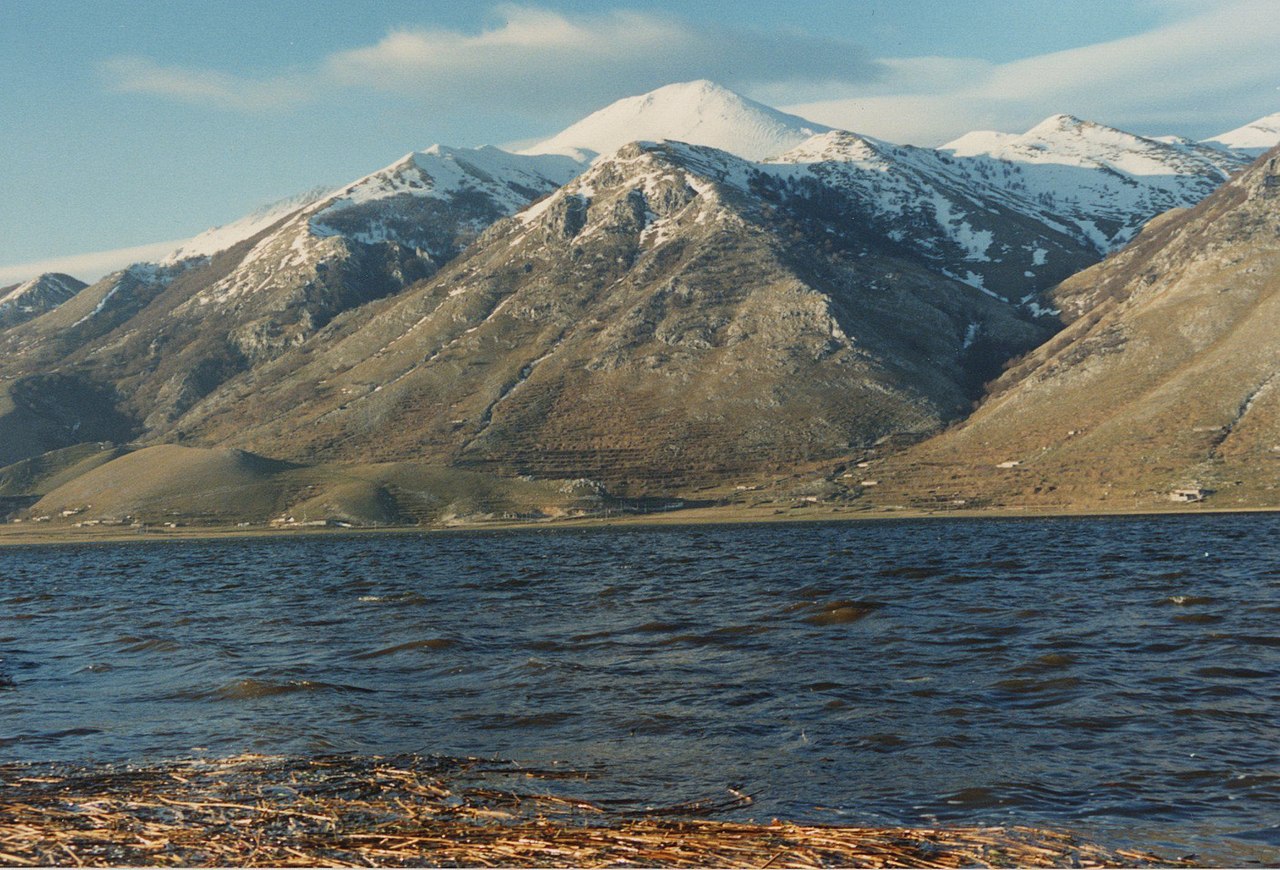
Bird Species to Watch For
I managed to spot some pretty remarkable birds that make Molise extra special for wildlife lovers.
Common Residents:
- Golden eagles (especially in the mountains)
- European bee-eaters (so vibrant!)
- Black woodpeckers
- Several owl species
Seasonal Visitors:
- Flamingos (in coastal wetlands during migration)
- White storks
- Various warblers and finches
My luckiest moment? Watching a rare Lanner falcon circle above a canyon. These endangered raptors have found a safe haven in Molise’s wild places.
Bring a decent bird guidebook. I noticed that some species here look and act a bit different from their cousins elsewhere in Europe.
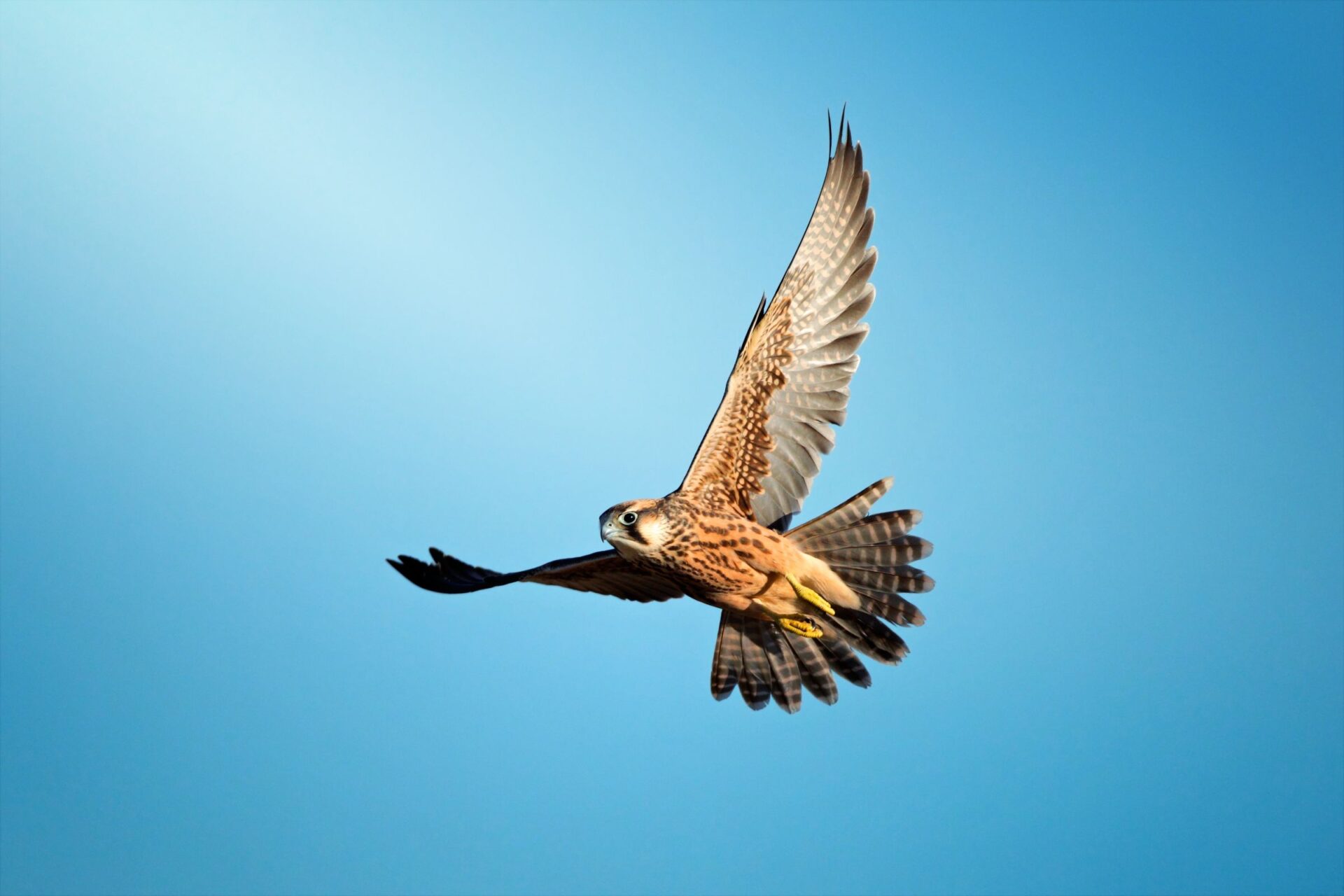
Best Seasons and Times for Bird Watching
Spring (April-May) easily became my favorite season for bird watching in Molise. Migratory birds return, breeding season kicks off, and everything feels alive. Birds get more active and visible, especially the males showing off their colors.
Early mornings—think sunrise to about 10 AM—worked best for me. I’d head out before dawn to catch the morning chorus when birds are feeding and singing.
Fall migration (September-October) also offers great birding. I watched flocks pass through on their way south, especially along the coast.
Winter has its own appeal, too. Fewer species stick around, but it’s easier to spot birds against the bare branches. Plus, the clear winter skies make it simple to watch raptors circling overhead.
Canyon Hiking Adventures: Trails and Experiences
Molise’s canyons blew me away with some of the most breathtaking hiking I’ve done in Italy. The rugged terrain offers tough climbs and jaw-dropping views that most tourists never see.
Iconic Trails Through Molise’s Canyons
The Guardiaregia Canyon trail really stands out. This 7-mile path winds through limestone cliffs and gives you stunning views of the valley below. I spent an entire day exploring its narrow passages and came across three waterfalls.
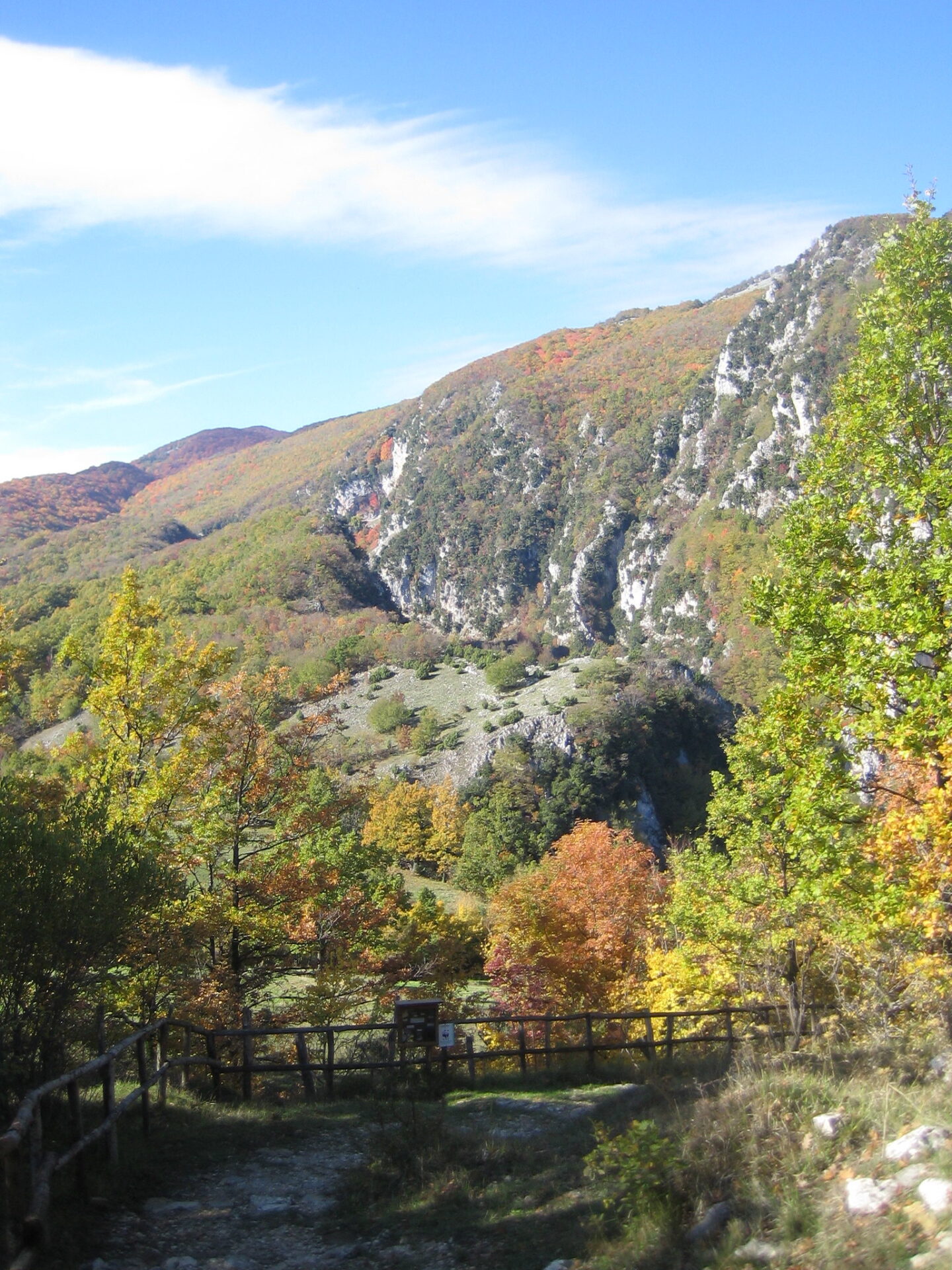
Image Source: Flickr
The Biferno River Canyon trail is a bit easier but just as beautiful. It follows the ancient river and links up with several medieval villages along the way.
For hardcore hikers, the Apennine Ridge Trail brings a real challenge. I’d suggest breaking it into segments unless you’re up for backcountry camping. The panoramic views make every tough climb worth it.
April to October is the sweet spot—weather’s good and wildlife is active.
Safety and Gear Tips for Hikers
Hiking in Molise’s canyons takes some planning. I always carried at least 2 liters of water, even for short hikes. The Mediterranean sun sneaks up on you, and dehydration hits fast.
Essential Gear:
- Hiking boots with ankle support
- Trekking poles for steep parts
- Sun protection (hat, sunscreen, sunglasses)
- First aid kit with blister stuff
- Topographic map (cell service is spotty at best)
Weather in the Apennines changes on a dime. One afternoon, a thunderstorm rolled in and turned dry canyon beds into streams in minutes. Always check the forecast before you go.
Trail markings are pretty minimal. I recommend hiring a local guide for your first canyon hike. They know hidden spots and share stories you won’t find in any guidebook.
Wildlife Encounters on the Trail
Molise’s canyons are teeming with wildlife. Early mornings give you the best shot at spotting the elusive Marsican brown bear. I caught a glimpse of one near the upper Guardiaregia trail—a moment I’ll never forget.
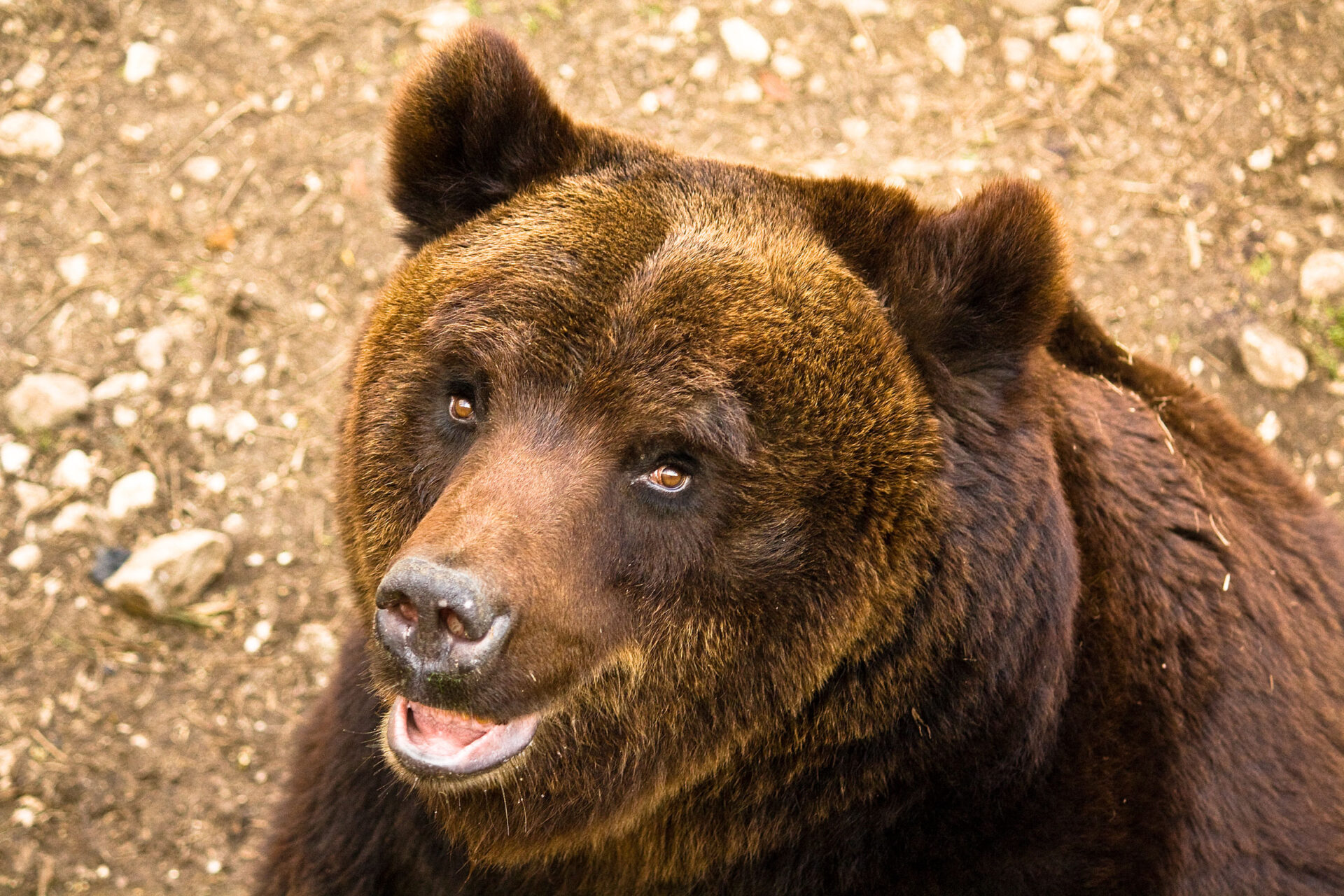
Image Source: Wikimedia Commons
Birdwatchers will love golden eagles riding the canyon air currents. Bring binoculars to spot peregrine falcons nesting on high cliffs. On a single spring hike, I counted over 15 bird species.
Wildflowers put on a show between March and June. The colors pop against the rocky canyon walls—perfect for photos.
When I see wildlife, I keep my distance and stay calm. Wolves live here too, but they keep to themselves. These encounters feel like privileges—so I always leave no trace and take nothing but photos.
After the Adventure: Where to Eat, Stay, and Explore
Molise’s natural wonders go way beyond hiking trails and birdwatching. The villages, delicious food, and starlit skies all add to the experience. The region offers genuine hospitality and culture at every turn.
Best Places to Eat and Local Restaurants
After a long day outside, Molise’s food scene felt like a reward. The region sticks to simple, flavorful dishes made from local ingredients.
In Guardiaregia, Trattoria del Canyon serves pasta with truffle sauce and local Tintilia wine. Their terrace overlooks the canyon—dinner with a view, seriously.
Agriturismo La Ginestra in Bojano gave me farm-to-table meals straight from their land. Their homemade caciocavallo cheese and salumi platter hit the spot after hiking.
If you want something fancier, Ristorante Il Nido in Campobasso does creative takes on Molisean classics. Their mushroom and saffron risotto was just what I needed after a day on the trails.

Unique Accommodations and Local Hospitality
Molise’s places to stay really connect you with the landscape and rural life. I felt genuinely welcomed everywhere.
Farmhouse B&Bs:
- Masseria Acquasalsa (close to canyon trails)
- Agriturismo Monte Verde (great for birdwatching on site)
- Casa Rurale Il Falco (named for the local falcons)
In Castelpetroso, I stayed at La Dimora Antica, a stone farmhouse. The owners shared hidden birding spots and even packed lunches for my hikes.
For something different, try glamping at Tende Nel Cielo near Guardiaregia Canyon. My tent had a transparent ceiling for stargazing, and the hosts led guided nature walks focused on wildlife.
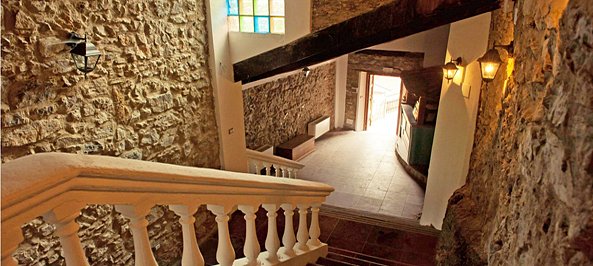
Image Source: Tripadvisor
Stargazing and Evening Activities
Molise’s dark skies make it a stargazer’s paradise. The canyons are perfect for night sky viewing after a day outdoors.
I joined a night tour at Guardiaregia Canyon Observatory, run by local astronomers. They pointed out constellations and explained how nocturnal birds use the stars to navigate. It gets chilly after dark, so pack something warm.
Some places offer evening activities that celebrate local traditions. At Agriturismo La Collina, I tried a cooking class using foraged ingredients from the canyon.
For a peaceful end to the day, I’d visit Lago di Occhito at sunset. The lake attracts different bird species in the evening, and some guides offer twilight boat tours with local wine tasting.
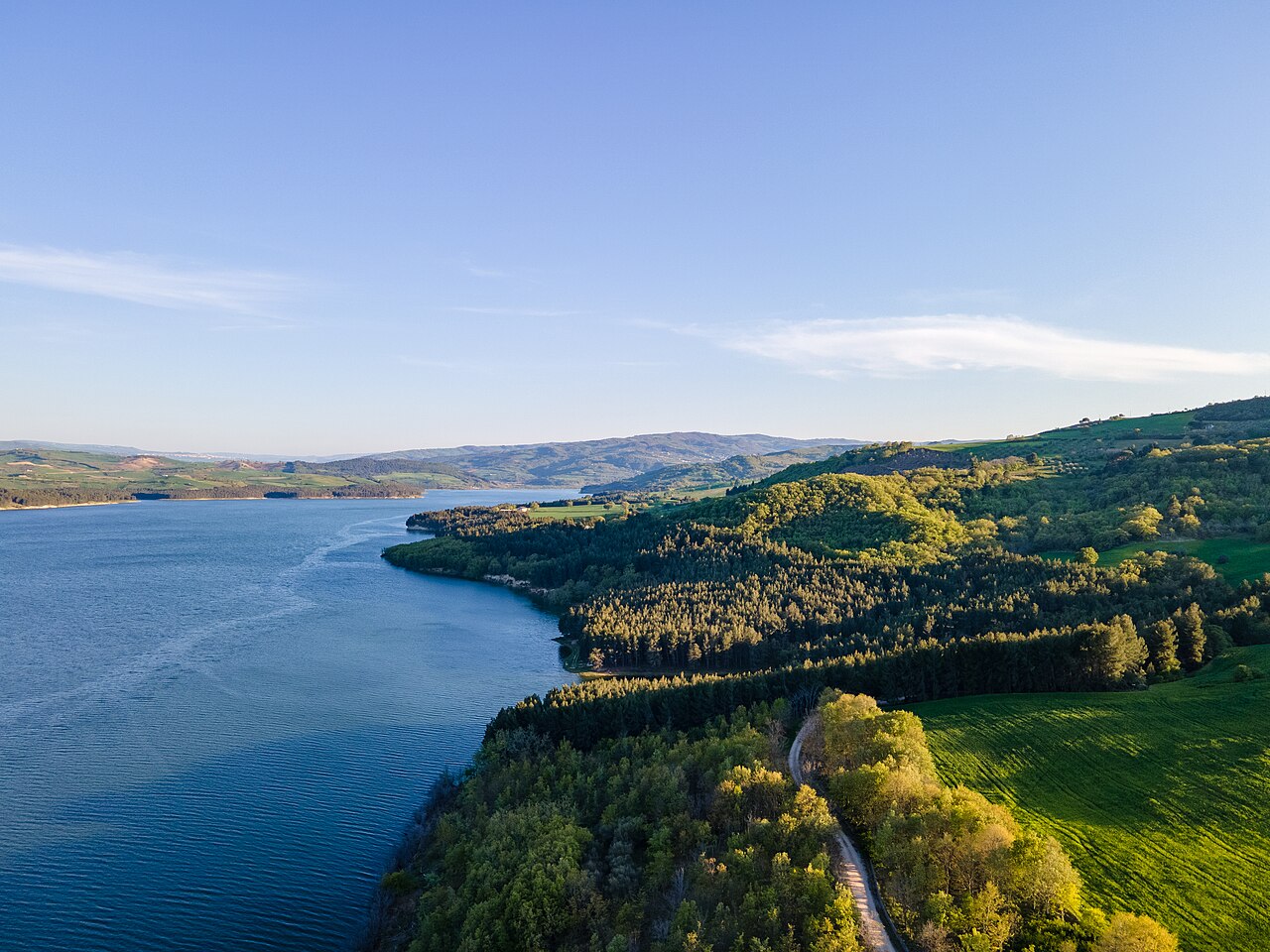
Image Source: Wikimedia Commons
Beyond Molise: Unmissable Nature Adventures Across Italy
While Molise stole my heart with its wild beauty, Italy has endless other natural treasures. From UNESCO wonders to outdoor thrills, the country’s geography offers something for every nature lover.
UNESCO World Heritage Sites for Nature Lovers
The Dolomites are probably my top UNESCO site in Italy. Those jagged peaks glow pink at sunset. I hiked through Val Gardena last summer, and the wildflowers were out of this world.
Italy’s Ancient Beech Forests, including some near Molise, have trees over 500 years old. Walking there feels like stepping back in time.
The Amalfi Coast is a different kind of beauty—cliffs dropping into blue water. The “Path of Gods” trail gives you views that honestly rival anything I’ve seen in the US.
Val d’Orcia in Tuscany, close to Vinci, has those rolling hills and cypress-lined roads you see in Renaissance paintings.
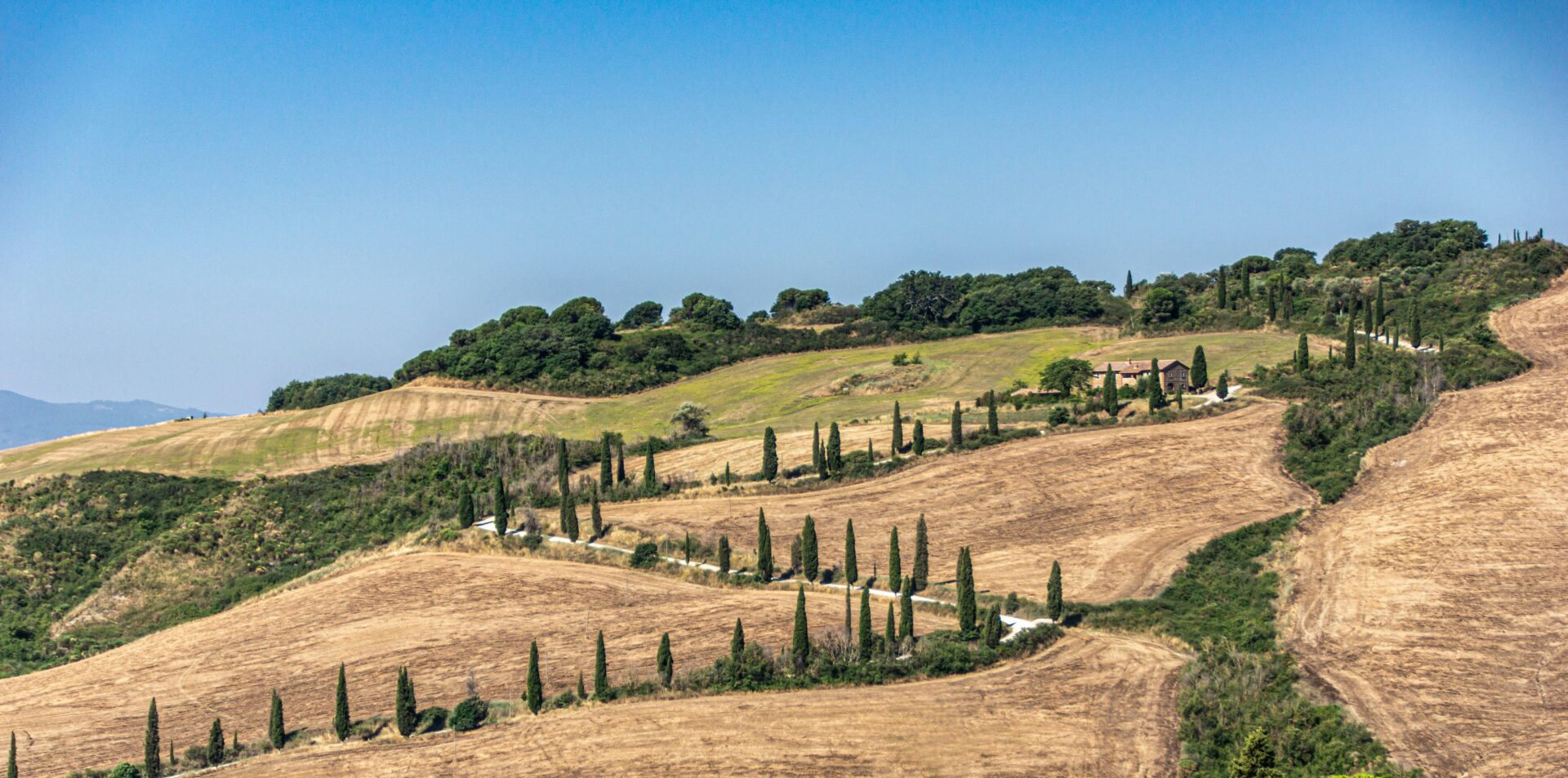
Other Outdoor Pursuits: Kayaking and Climbing
Kayaking along Sardinia’s eastern coast ranks high on my list. Clear water and hidden caves make every paddle an adventure.
For climbers, Arco in northern Italy is a dream. I spent three days climbing limestone walls with Lake Garda below—spectacular views, whether you’re a beginner or a pro.
The Marmore Falls in Umbria are perfect for white-water rafting. At 165 meters, it’s one of Europe’s tallest man-made waterfalls, and the rapids are no joke.
River kayaking on the Serchio in Tuscany gave me a new perspective on medieval villages and lush countryside—definitely a change from the usual tourist routes.
Comparing Molise with National Parks in Italy and Beyond
Abruzzo National Park, right next to Molise, gives you wildlife viewing that rivals Yellowstone. I spotted Marsican brown bears and wolves near Pescasseroli in spring—pretty rare for Europe.
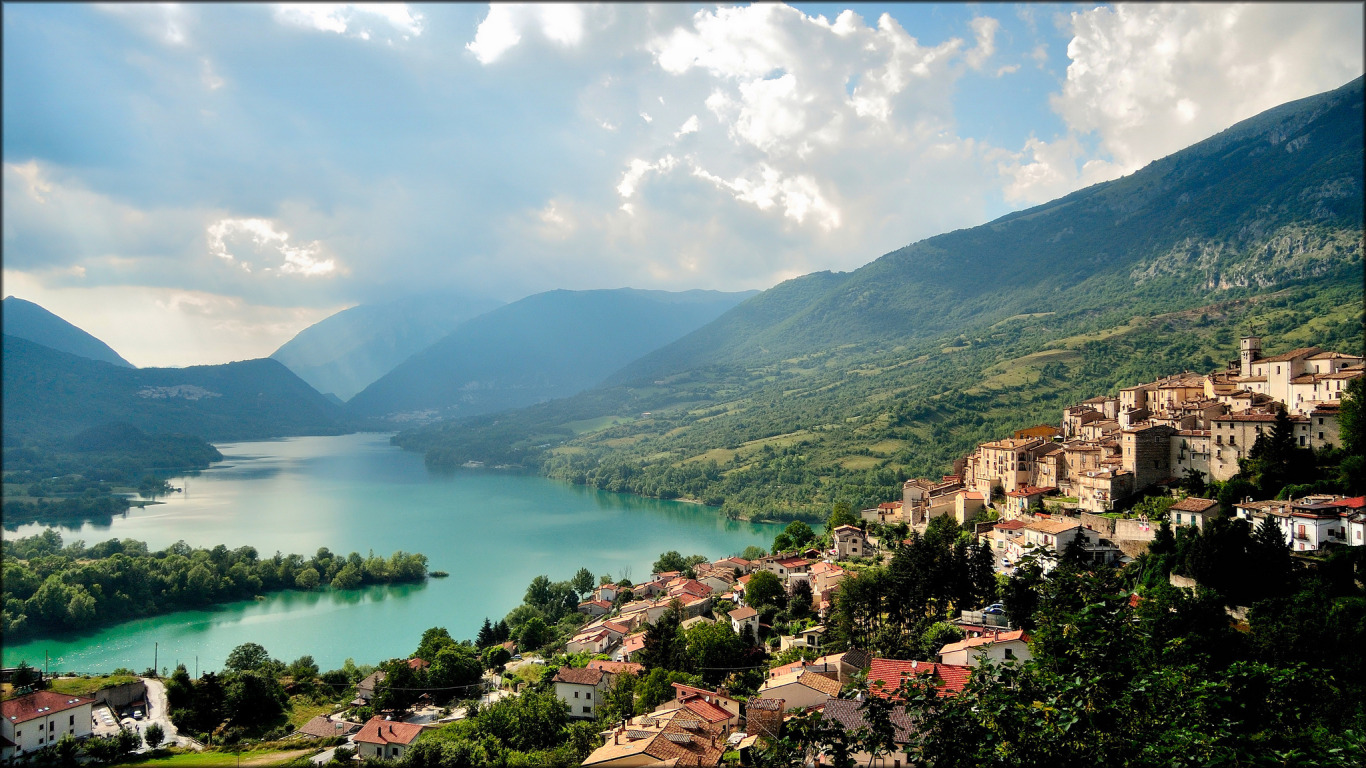
Gran Paradiso, Italy’s first national park, reminds me of Olympic National Park with its range of habitats. It’s more developed than Molise but just as beautiful.
What makes Molise stand out is the lack of crowds. Hiking in Cinque Terre means sharing the trail with hundreds, but in Molise, I often had entire canyons to myself.
Pollino National Park in the south offers that same off-the-beaten-path vibe. Ancient pine forests and dramatic gorges, but without the tourist circus you find elsewhere. Like Molise, it keeps its authentic Italian character.

